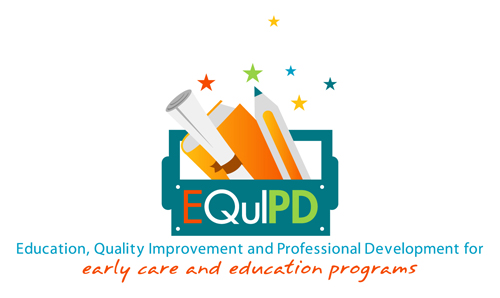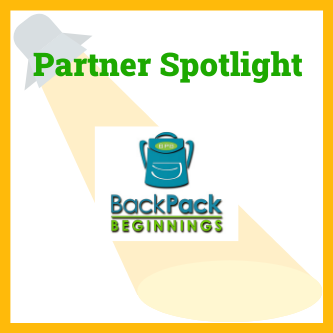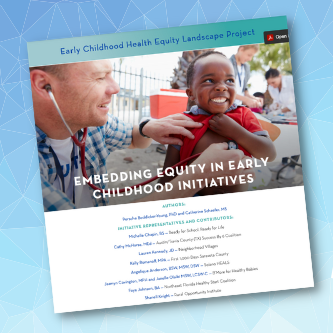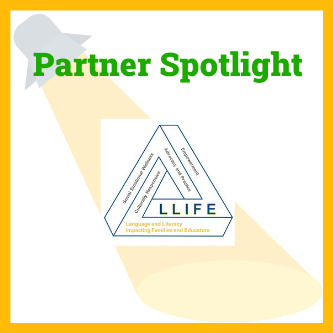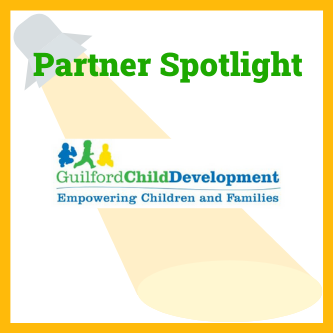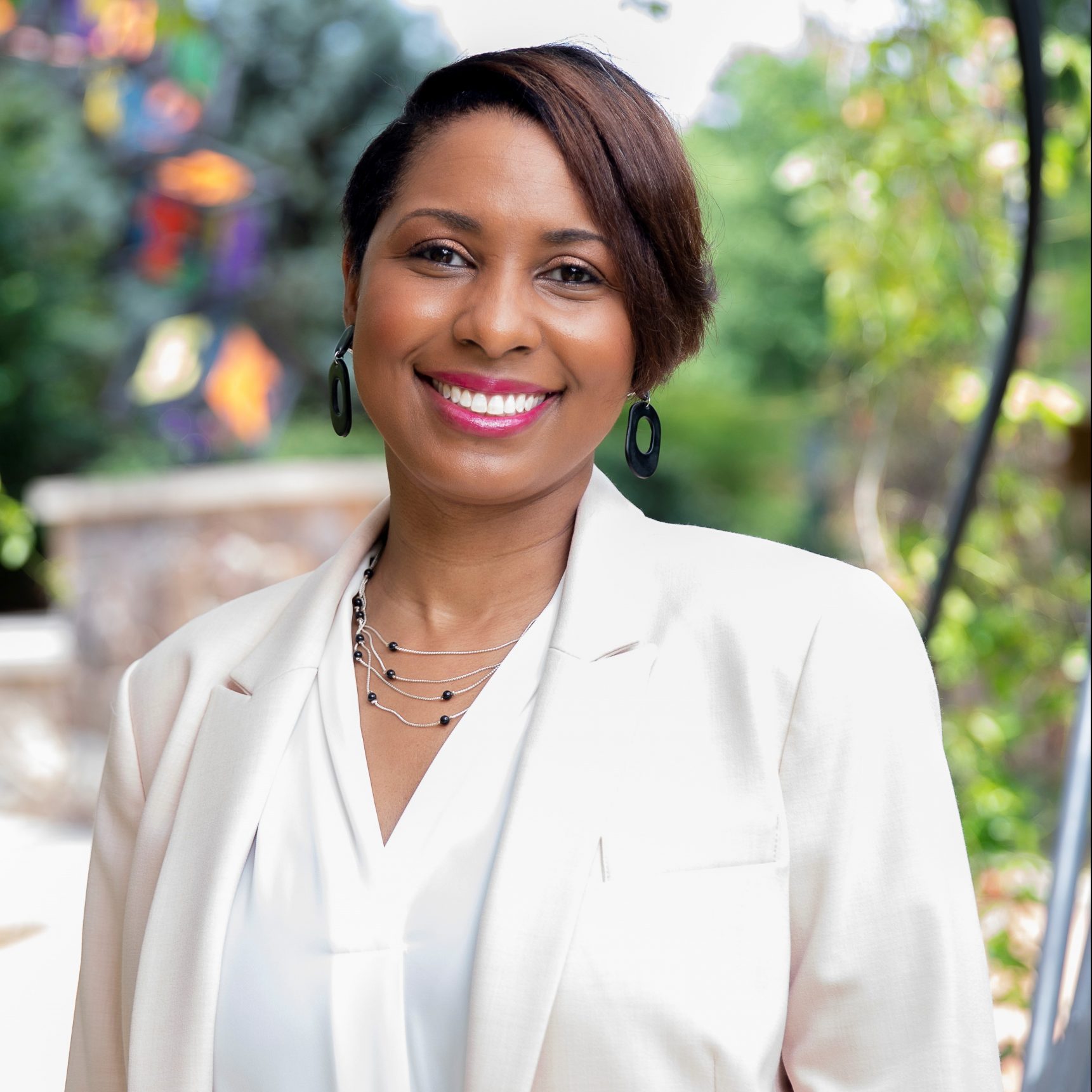By Stephanie Skordas, Director of Marketing & Communications
A news story shown on Washington D.C. television about a teacher in Texas who was slipping food into children’s backpacks stuck with Parker White as she moved back to Greensboro and started raising her family.
“I couldn’t get it out of my head,” White, the executive director of Backpack Beginnings, said. “So I called the school system and asked if there was a hunger issue here. They said yes, and explained how some groups were helping, but more was always needed. I figured I could help one school. One led to two, and two led to three, and here we are.”
Since 2010, the organization has served more than 111,000 children, filled more than 17,000 comfort backpacks, and distributed nearly 3.5 million pounds of food. Backpack Beginnings provides food, comfort, and clothing directly to children in need. “We started in schools, but we quickly realized there are basic needs all over the county. We wanted to meet families where they already are, so we started talking with pediatricians’ offices, nonprofits, and service agencies so that we can partner with them.”
That’s how White connected with Ready for School, Ready for Life (Ready Ready) a few years ago. Initially, the topic was diapers, a huge need for families with babies and toddlers. “With Ready Ready’s help, we were able to establish a partnership with the North Carolina Diaper Bank,” White said. “Now we are giving out tens of thousands of diapers and anticipate that continuing to grow.”
More recently, Backpack Beginnings and Ready Ready have partnered in a program called Book Beginnings. This program places shelves filled with new and gently used books in strategic locations across Guilford County, distributing thousands of free books to encourage a love of reading. “The goals of the program include book ownership and book abundance,” White said.
“During the pandemic, we’ve held drive-through events and our volunteers come back with stories about how children are so excited to have these books that they start screaming and clapping. And it’s not one book per child. We want them to have a love of reading and start their own little library at home,” she said.
“Thanks to a new grant from Duke Energy Foundation, we will purchase 6,500 new books for Guilford County children. Working with Backpack Beginning, we are focused on early literacy,” said Heather Adams, Ready Ready’s director of family engagement and literacy initiatives. “Research shows that children raised in a home with books positively impacts their readiness for school and future success in life.”
“We gave out 12,000 books last fiscal year, and we hope to double that this year,” White said. “We are a better organization for our collaboration with Ready Ready and other organizations. Together we are seeing the needs in our community and providing the resources and services that help our families.”
BackPack Beginnings joined Ready Ready’s Continuous Quality Improvement (CQI) Cohort II and reported great results for the Family Market which opened in 2022. “Staff and volunteers didn’t have a clear understanding of responsibilities when it comes to our new Family Market. Since multiple people were assigned the same tasks, like stocking the shelves, the tasks were not always completed because staff and volunteers thought others were taking care of them. The process map was one of the most helpful things we did. When we assigned staff and volunteers to each process, it was easier to see the distribution of responsibilities and if the balance was correct and manageable,” White said.
As BackPack Beginnings continues to follow its mission to deliver child-centric services to feed, comfort, and clothe children in need, it serves more than 21,000 children each year.



